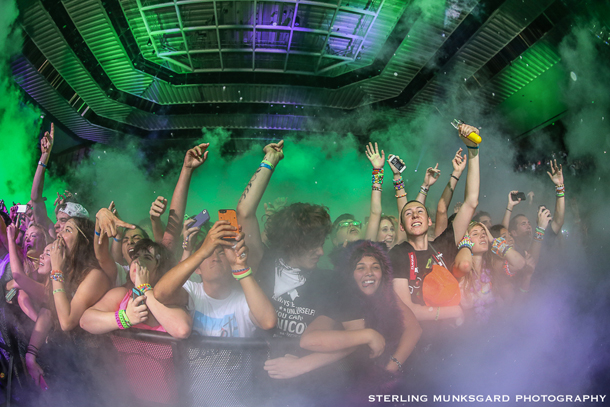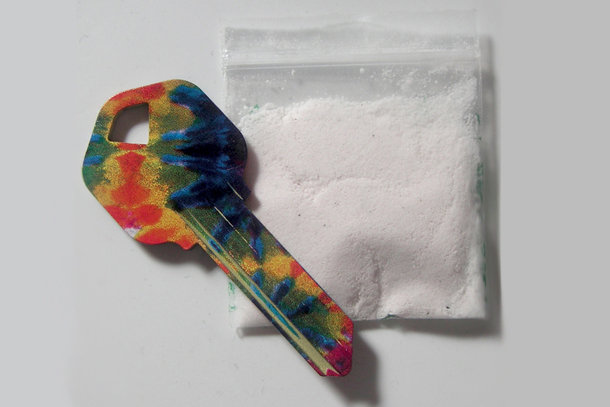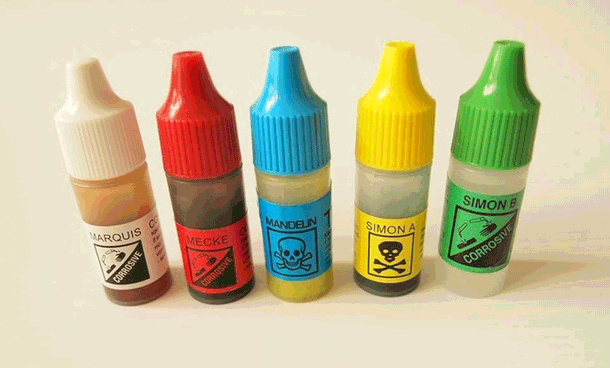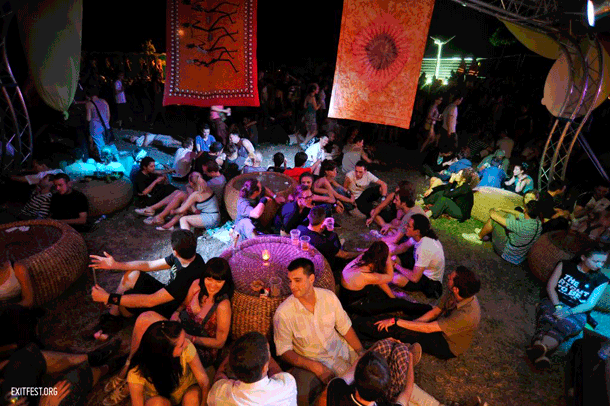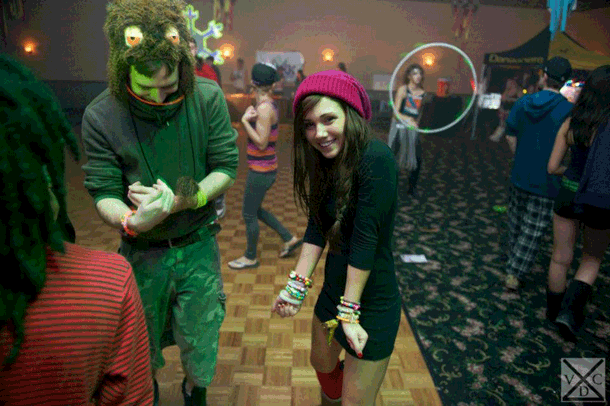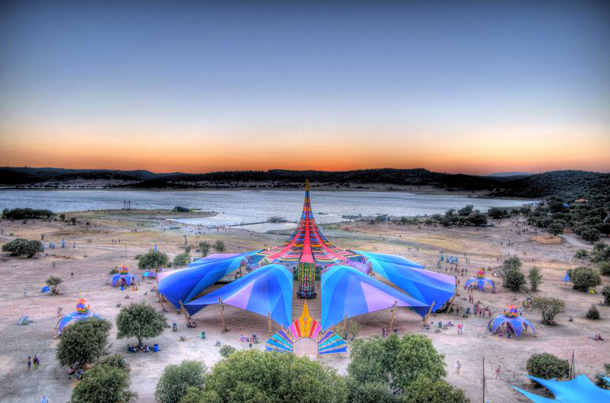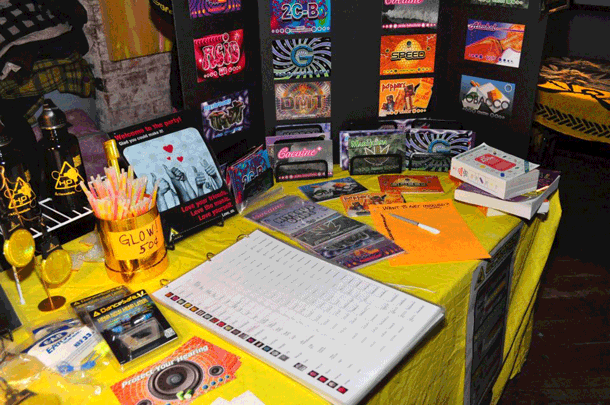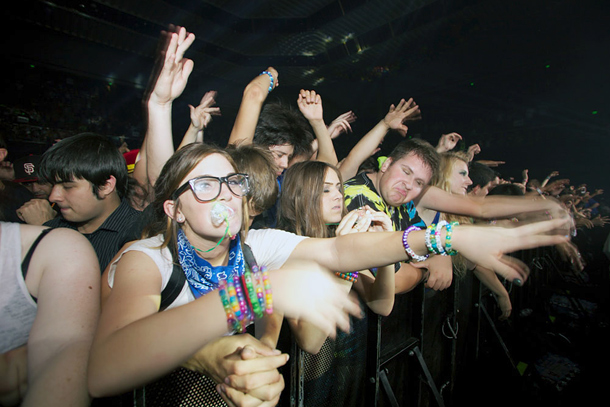By Mike Frash
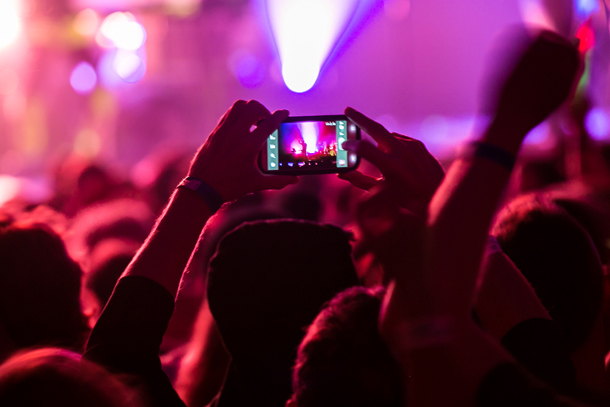
Follow @MikeFrash on twitter
Mobile technology and social media have advanced exponentially the past five to ten years, connecting scores of individuals that would have never met a decade ago, enabling us to share narcissistic musings and photos at a moment’s notice. (Unsurprisingly, “Selfie” is the “Word of the Year”.) Bottom line — It’s mostly a glorious thing to live in the age of information and rapidly expanding technology.
But holy shit do we misuse it sometimes. Our social behaviors frankly haven’t caught up to our relatively newfangled devices that are always available in our pockets and purses.

The Pope’s inauguration at the Vatican, in 2005 & 2013.
It’s all changed so quickly, hasn’t it? Communication abilities, access to content & opinions, the structure of web-based writing itself and a pervasive social media mentality have all collided and intermingled magnificently since Steve Jobs introduced the iPhone in 2007. Consequently a massive smartphone market has flourished, and a large majority of us have gotten a bit more ADHD.
Our collective focus and attention span have changed significantly, taking a turn for the horrible. It’s become second nature for many to plug-in to their smartphones while mentally checking out of their immediate surroundings, whether we’re riding the bus, enjoying drinks with friends or experiencing a concert.
Daniel Goleman, author of Focus: The Hidden Driver of Excellence, recently said, “We have a world that’s been engineered to distract us.” This can’t be denied when a Facebook update, tweet or Instagram upload is always only a finger tap or two away.
One of the most contentious issues revolving around smartphones today is crowd-based photography and videography at shows. A continuous lack of technology awareness from just one individual can inhibit the live music experience for those around the bright screen being held just above eye level.
Not only is the screen-addicted cinematographer distracted, but so is everyone else, including the artists on stage.
So is this the new normal, or is this a trend that can be addressed and changed? There are a handful of artists that have spoken out this year, igniting what might be the roots of a mainstream “be where you are” backlash in the world of live music.

In the year that Arcade Fire’s Win Butler crooned, “We fell in love when I was nineteen, And I was staring at a screen,” many artists have fought back against concert camera phone use, putting their proverbial foot down explicitly, politely and absurdly.
UK-based Savages fired the loudest, most forceful warning shot of 2013. The all-female foursome released their debut album Silence Yourself to critical acclaim, taking the ethos of the record on the road with them by banning phones based on the idea of immersion. For every show, they put up signs that read:
Our goal is to discover better ways of living and experiencing music. We believe that the use of phones to film and take pictures during a gig prevents all of us from totally immersing ourselves. Let’s make this evening special. Silence your phones.That show at the Independent in San Francisco was special because of Savages’ intense, smart use of contrast and due to the room’s communal, energetic focus. The phone ban helped, keeping most devices out of sight.
Savages haven’t been alone this past year shaming phones at shows. Prince threatened to boot any patrons caught playing director on his west coast club tour, and the Artist excluded all media photographers outright. Yeah Yeah Yeah’s phone ban sign was way more punk than Savages’ nuanced approach, advising that ticket holders “PUT THAT SHIT AWAY.” Neko Case stopped her show in Cincinnati multiple times October 22, threatening to end the show early because of flashing phone photos, finally saying “Just put away the cameras. It isn’t going to kill you, but it might kill me.” David Byrne & St. Vincent, She & Him, The Polyphonic Spree & Bjork all prohibited phone photography or asked for devices to be put away mid-show this year as well.
Ever the groundbreaker, Jack White was the one to get the ball rolling in the summer of 2012. Rumor spread that the young living legend demanded that fans avoid social media and not take photos during his show, and the public backlash was surprising brutal. White’s label Third Man Records later clarified, “the only thing that we’ve ever asked of the audience is to not take pictures or videos while holding up their camera phones, etc that block other peoples view or otherwise hinder other fans concert experiences.” The message continued, “Along with that, the bigger idea is for people to experience the event with their own eyes and not watch an entire show through a tiny screen in their hand.”
Father John Misty performed through a giant iPhone on his recently wrapped solo tour. Perhaps J. Tillman wanted to treat the audience to the same visual that has been thrown in his face the past two years. But Father John Misty gets bonus points for referring to himself as “content.”
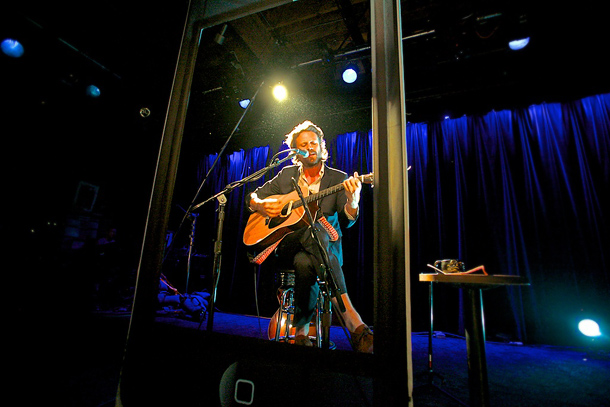
Some artists are using mobile technology to enhance their live performance. Dan Deacon told his fans to download his interactive app before his show via a projected message at the venue. Then during one song late in the set, he instructed the audience to pull phones out, launch the app, and dance with it. Deacon controlled the color blasts and strobe effects that emanated from scattered smartphones, using the devices to bring the collective attention of the crowd together. Pretty Lights followed suit this year at Outside Lands with a much bigger audience.
So the possibilities for using our pocket computers to enhance the live music experience are out there and will likely gain steam.
Author Daniel Goleman explains the phenomenon quite effectively:
We all are carrying technological devices, our phones, our iPads, and whatever it may be, and they are diabolically designed to take advantage of the weaknesses of our attention system and nab us, and keep us nabbed. And so we’re constantly fighting distractions. That’s why, I think focus is more important than ever.
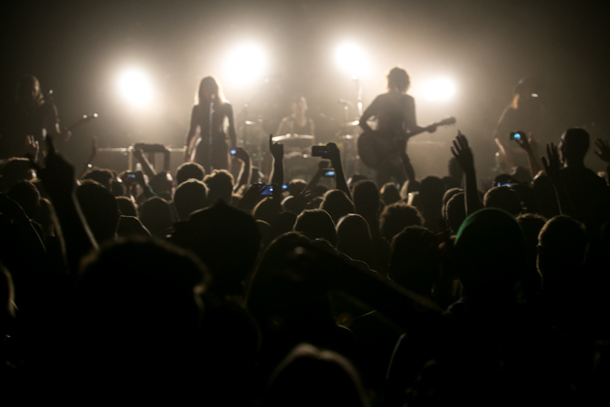
Certainly there is a difference between popping out your Android for 10 seconds to snap off a couple shots versus literally shooting an entire concert on your smartphone with it’s shitty sound recording capabilities.
The Festival Lawyer explained this best in his Upgrade article:
Maybe you might want to record the whole show on your iPhone (or now iPads? seriously?) and just stand there and focus on getting the best video and pics. I’m not here to judge or scold you. Although I do feel the need to point out that you will NEVER watch that stupid motherfucking shaky video again and you are watching something through a tiny screen that is actually happening really big and loud RIGHT IN FRONT OF YOU LIVE!!! (Umm…actually maybe I am judging you a tiny bit. Sorry.)Ultimately, it’s about finding balance between capturing the moment and immersing in the moment.
When someone is shooting a song-long video during a show, staring through a screen version of their current reality, and thinking about their friends watching it on YouTube later, that person is simply not in the moment.
The musical moments that give us auditory pleasure and ingrain in our memories are significantly more powerful and important than anything that can be captured on a phone.
Just take a look at the Jimmy Kimmel crowd at their outdoor stage…
This is the new normal — we’re all photographers. (Granted, people that go to a free taping in Los Angeles don’t represent a typical concert crowd.)
We are moving toward a world where we are more connected to our phones than each other. Many of us (yes, including myself) are too damned dependent on digital devices.
It’s a bit scary to contemplate a generation born with Facebook accounts. A generation of kids that are given tablets to stop them from crying at a restaurant. A third generation that is routinely fed amphetamine-based drugs when focus is an issue, even though we don’t teach attention-based skill strategies (yet).
In his book, Goleman wrote, “Today’s children are growing up in a new reality, one where they are attuning more to machines and less to people than has ever been true in human history. That’s troubling for several reasons. For one, the social and emotional circuitry of a child’s brain learns from contact and conversation with everyone it encounters over the course of a day. These interactions mold brain circuitry; the fewer hours spent with people— and the more spent staring at a digitized screen— portends deficits.”
The problem here is way bigger than just experiencing a show through a smartphone.
Phone zombies can SnapChat all day if they want to, but it’s critical that we live in the moment as much as possible and enjoy who we are with. The key is to identify screen addiction, set new habits through cognitive control & repetition, and be where you are to the best of your ability in this distracting age of information.
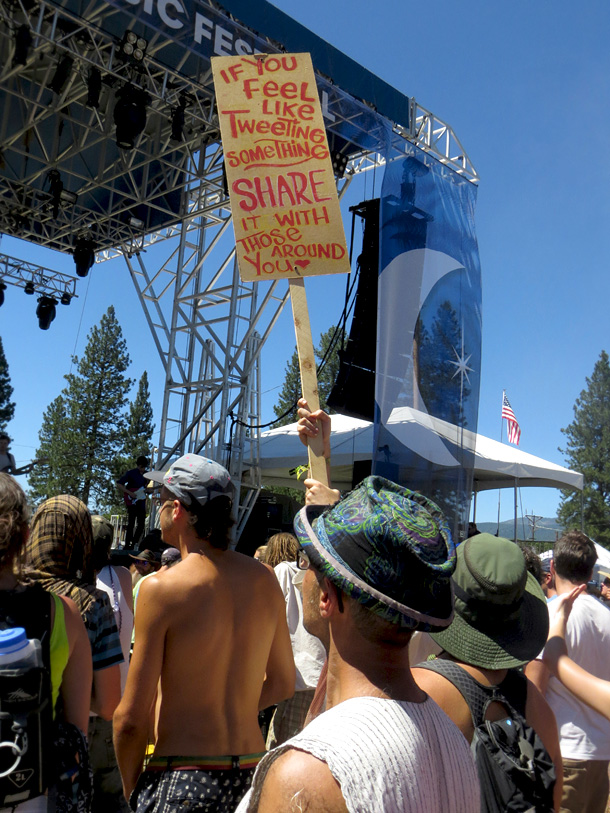
(http://showbams.com/2013/11/25/live-music-artists-spark-smartphone-iphone-backlash-trends-2013/)
